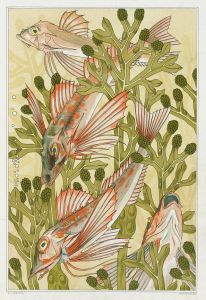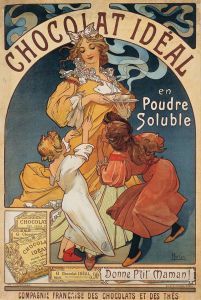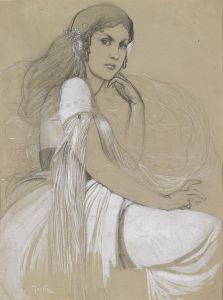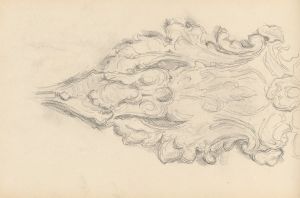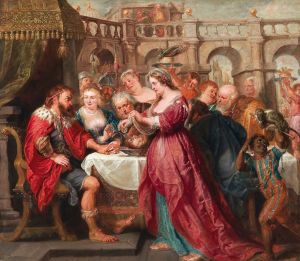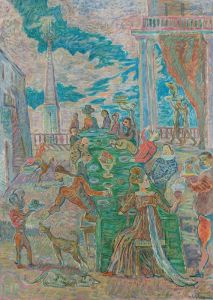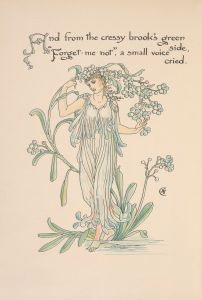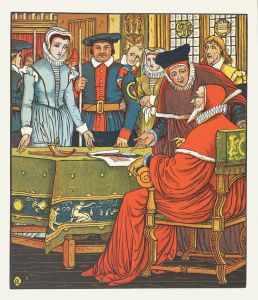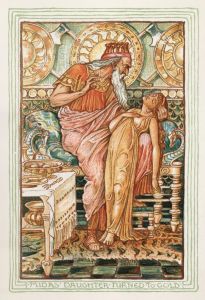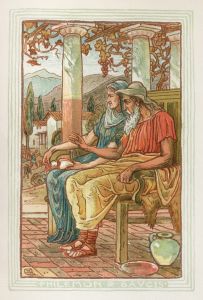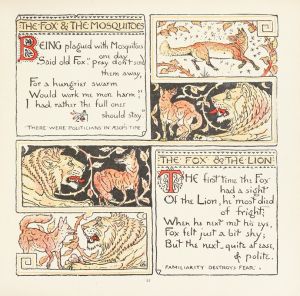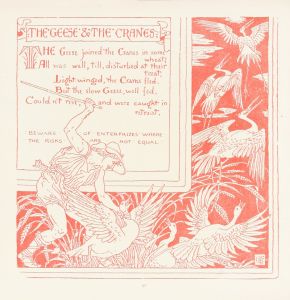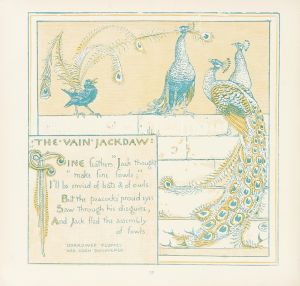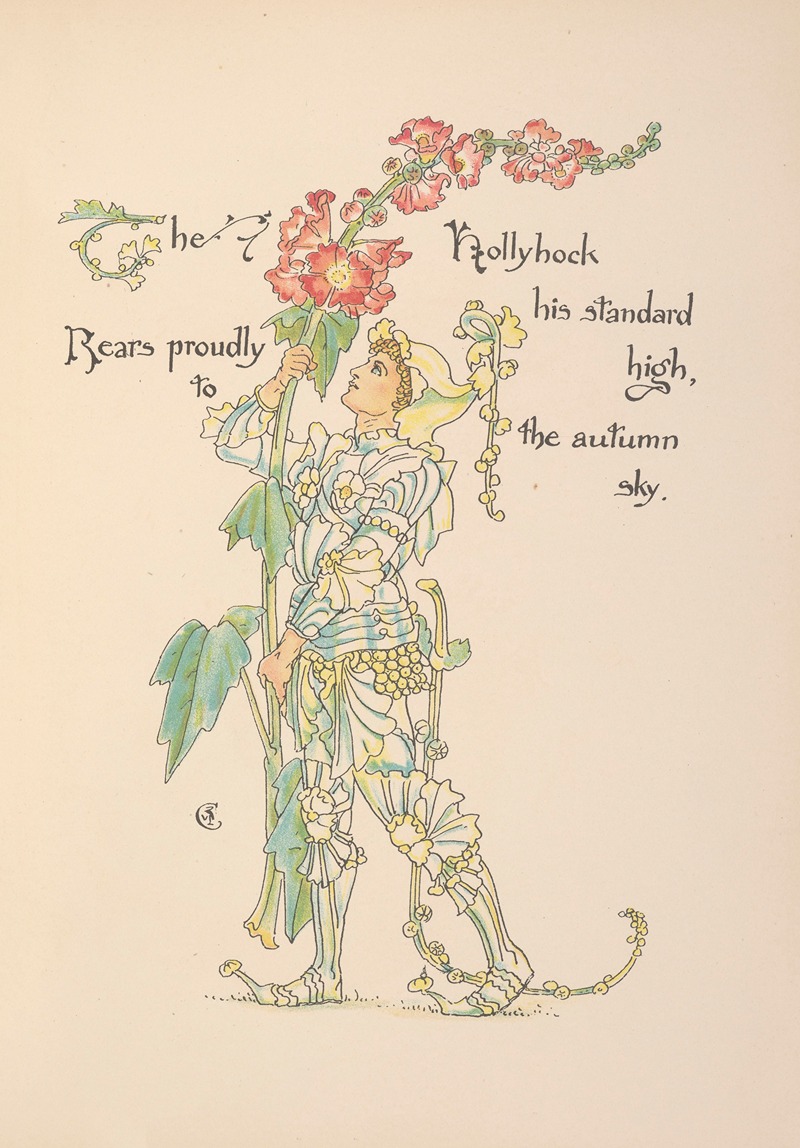
Flora’s feast; A masque of flowers Pl.31
A hand-painted replica of Walter Crane’s masterpiece Flora’s feast; A masque of flowers Pl.31, meticulously crafted by professional artists to capture the true essence of the original. Each piece is created with museum-quality canvas and rare mineral pigments, carefully painted by experienced artists with delicate brushstrokes and rich, layered colors to perfectly recreate the texture of the original artwork. Unlike machine-printed reproductions, this hand-painted version brings the painting to life, infused with the artist’s emotions and skill in every stroke. Whether for personal collection or home decoration, it instantly elevates the artistic atmosphere of any space.
Walter Crane was a prominent English artist and book illustrator, known for his contributions to the Arts and Crafts Movement and his innovative work in children's book illustrations. One of his notable works is "Flora’s Feast: A Masque of Flowers," which was published in 1889. This book is a celebration of flowers, depicted through a series of illustrations that capture the beauty and diversity of floral forms. Plate 31 from this collection is one of the many exquisite illustrations that showcase Crane's artistic style and his ability to bring the natural world to life through art.
"Flora’s Feast" is a visual narrative that presents flowers as characters in a masque, a form of festive courtly entertainment that was popular in the 16th and 17th centuries. Each illustration in the book represents different flowers, personified and arranged in a way that reflects their unique characteristics and the spirit of the masque. Crane's work is characterized by its intricate detail, vibrant colors, and a harmonious blend of naturalistic and stylized elements.
In Plate 31, Crane continues this theme by illustrating a specific flower or group of flowers, though the exact details of this particular plate are not widely documented. However, like the other plates in the series, it likely features Crane's signature style, which includes flowing lines, delicate patterns, and a keen attention to botanical accuracy. His illustrations often incorporate elements of Art Nouveau, a style that emphasizes organic forms and intricate linear designs, which was emerging during the time Crane was active.
Crane's work in "Flora’s Feast" reflects his broader artistic philosophy, which was influenced by the ideals of the Arts and Crafts Movement. This movement, which emerged in the late 19th century, advocated for traditional craftsmanship using simple forms and often applied medieval, romantic, or folk styles of decoration. Crane, along with contemporaries like William Morris, sought to elevate the status of decorative arts and integrate beauty into everyday objects and books.
The illustrations in "Flora’s Feast" are not only artistic achievements but also educational tools that introduce viewers to the diversity of plant life. Crane's ability to personify flowers and create a narrative around them invites viewers to appreciate the natural world in a new and imaginative way. His work has had a lasting impact on the field of illustration, influencing subsequent generations of artists and illustrators.
Walter Crane's contributions to art and illustration extend beyond "Flora’s Feast." He was also a prolific writer and theorist, publishing essays on art and design. His work in children's literature, particularly his illustrations for nursery rhymes and fairy tales, has been celebrated for its creativity and ability to capture the imagination of young readers.
In summary, "Flora’s Feast: A Masque of Flowers" and its Plate 31 exemplify Walter Crane's artistic talent and his dedication to the ideals of the Arts and Crafts Movement. Through his detailed and imaginative illustrations, Crane invites viewers to explore the beauty of the natural world and appreciate the artistry inherent in everyday life.





